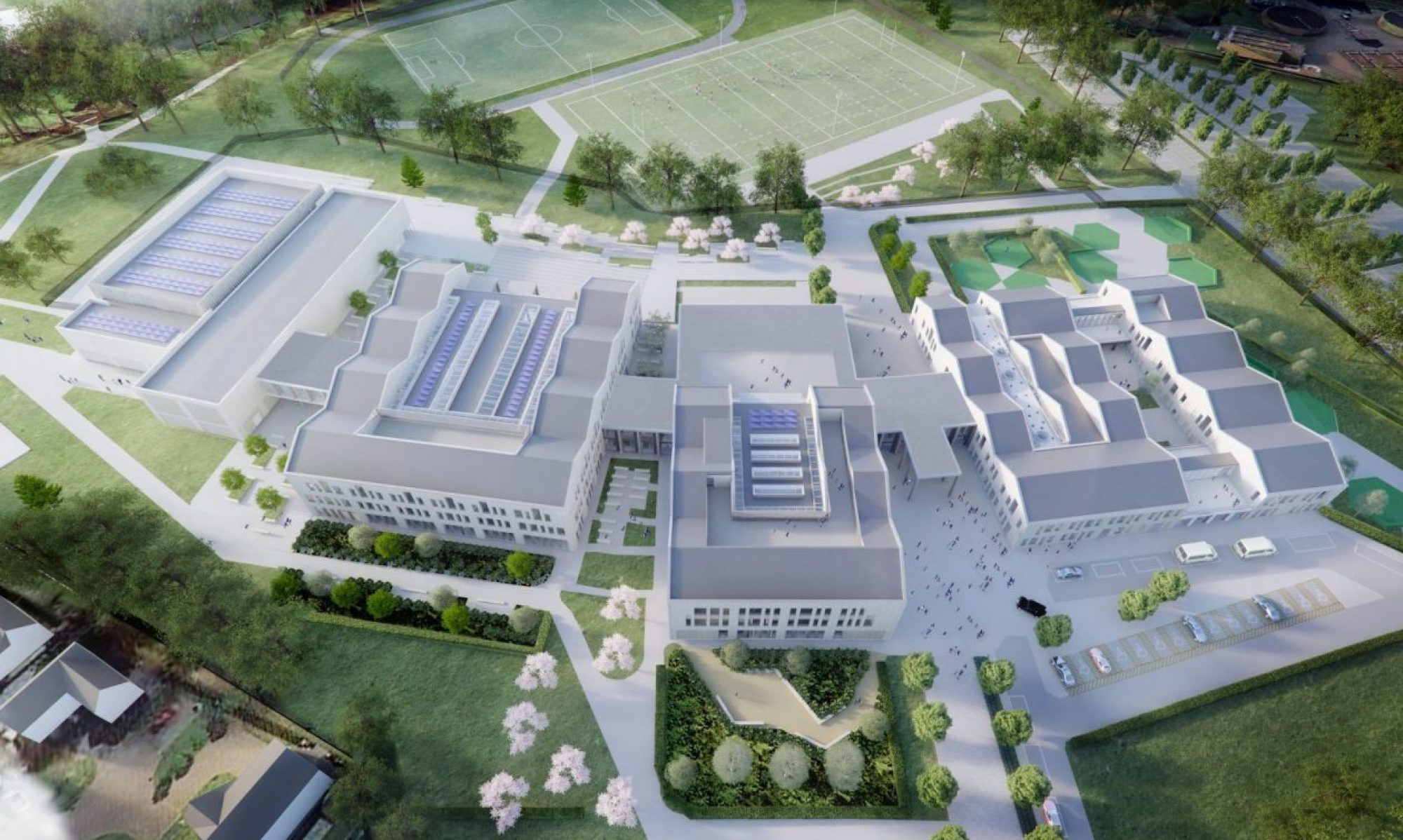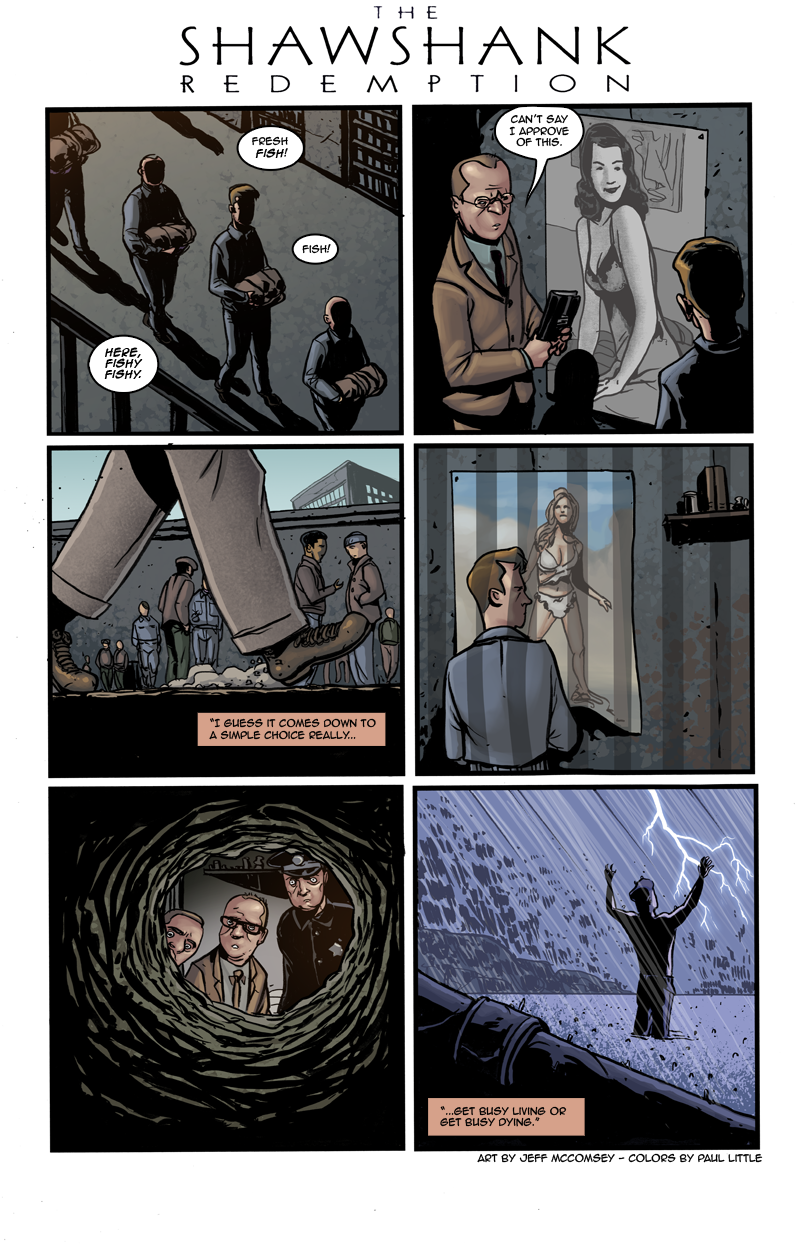2014 marked the 20th anniversary of Gibson starting filming in Scotland, seeing Braveheart get a special relaunch on DVD and Blu Ray.
The “Braveheart effect” earned Scotland £7million to £15million in tourist revenue and encouraged more international film productions to take place in Scotland. Braveheart made over $210,409,000 for the companies involved in the production. It was made to make a profit for the film makers. The “Braveheart effect” was an expected bonus for the tourist industry of Scotland but that was not the objective of the film makers. The Hollywood industry exists to make a profit for Hollywood companies involved in creating the product.
One way the production company saved on production costs was to use the same extras for the wide shots in establishing the battle scenes. These extras played both the English and the Scots in different set ups. Furthermore, most of the battle scenes were shot in Ireland. Production costs were exorbitant however as 900 hours of footage were shot of the Battle of Stirling Bridge alone. Next time you watch the film see how long this battle sequence lasts. 900 hours of footage became…?
The film itself has many inaccuracies such as the fact that Wallace would not have had blue on his face. Woad had not been used for hundreds of years in battle but the imagery is what sticks in people’s heads. Media can manipulate people’s perspectives if they are seeing/experiencing something for the first time through media. An audience might passively accept that Scots used blue on their faces in battle if their only knowledge came from the film. More people have seen the film than have ever opened a history book about the battle. There is a danger in accepting anything you see on screen if you are new to an idea.
A media student questions everything.
Does the media influence you?



